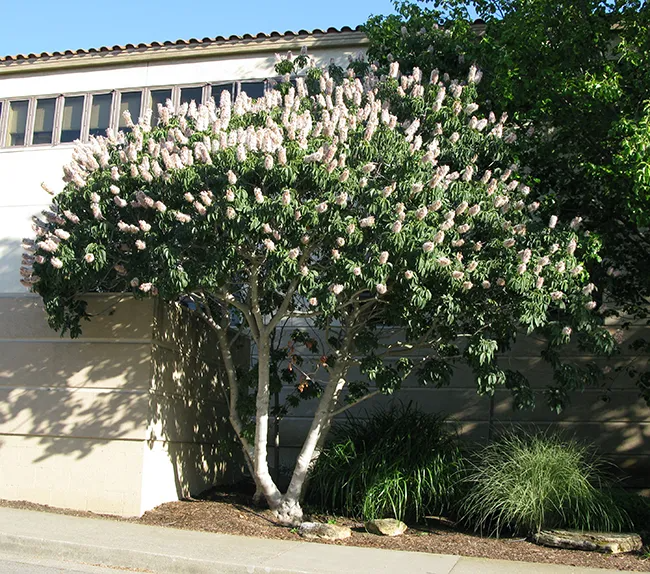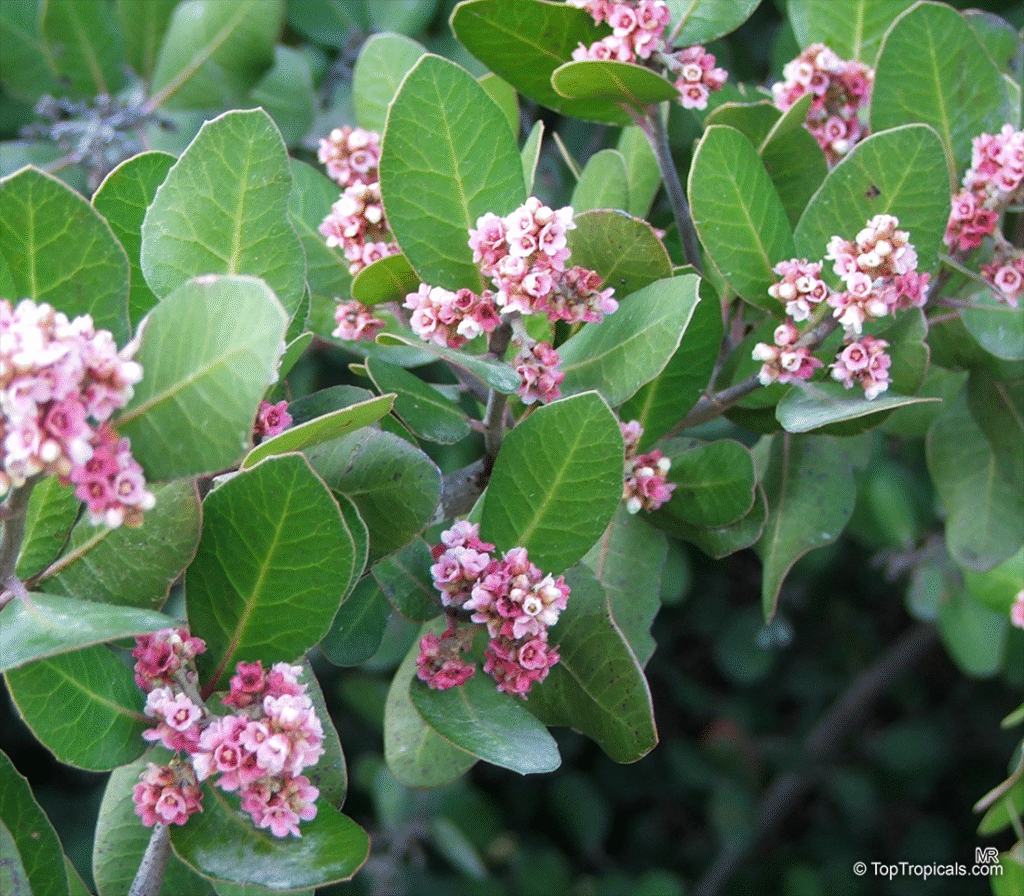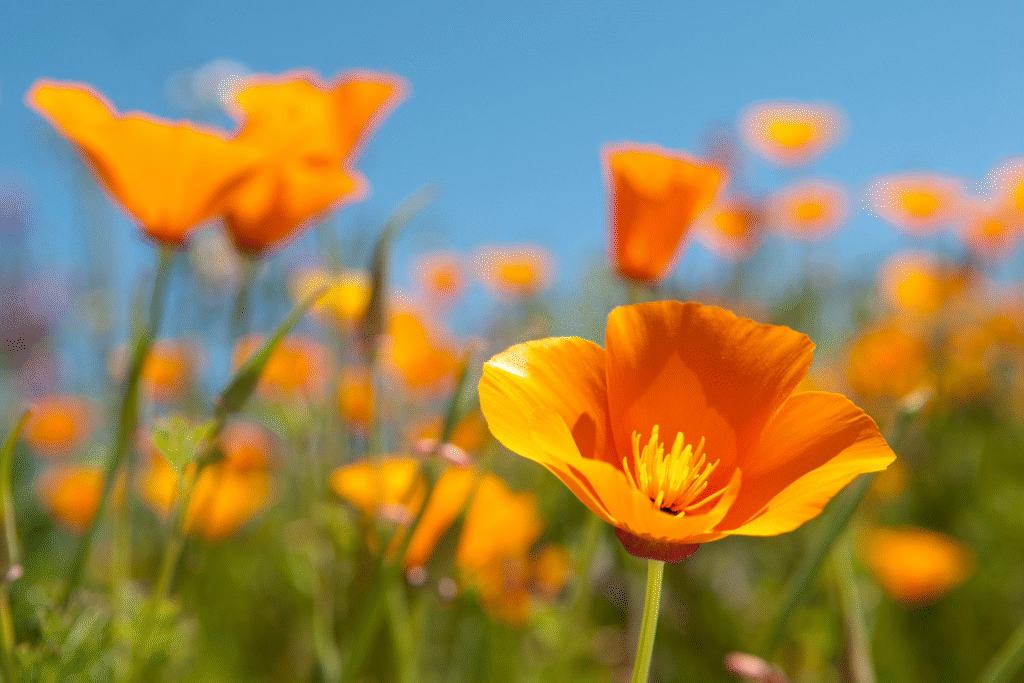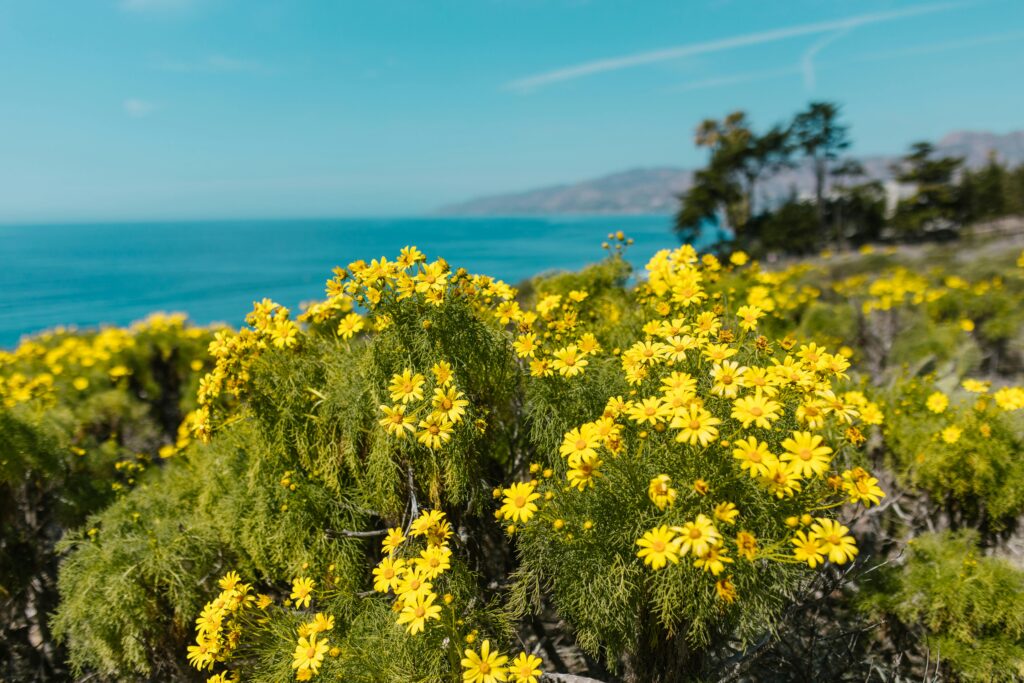California is a biodiversity hotspot—yet many backyards still rely on thirsty lawns and imported ornamentals. California native plants are the obvious fix: they evolved for our dry summers, wet winters, salty breezes, and wildfire cycles, so they flourish with less water, fertilizer, and fuss. Below you’ll find 25 landscape-ready natives (split into trees, shrubs, groundcovers, vines, and wildflowers) plus planting tips and expert resources to help even a brand-new blog rank for this topic.
Why Choose California Native Plants?
- Water savings. Established natives need as little as 20 % of the irrigation non-native lawns require.
- Wildlife habitat. Native flowers feed 1,600+ bee species; oaks alone host 500 + butterfly and moth larvae.
- Pest resistance. Plants adapted to local insects rarely need pesticides.
- Resilience. From foggy Humboldt to scorching Coachella Valley, there’s a native for every micro-climate.
For more science-backed reasons, explore the California Native Plant Society’s resource portal cnps.org.
Match Plants to Your Region
California spans USDA Zones 5–11 and five major eco-regions:
- Coastal Sage & Chaparral – salty air, sandy loam.
- Central Valley – hot, dry summers; heavy clay.
- Sierra Foothills – cold winters, rocky soil.
- South Coast Desert – extreme heat, alkalinity.
- Northern Rain Belt – high rainfall, acidic soil.
Use the Calscape zip-code plant finder to filter natives for your exact address calscape.org.
1 | Native Trees (Canopy & Structure)
California Buckeye:

| Common Name | Height | Best Region | Seasonal Bonus |
|---|---|---|---|
| Coast Live Oak (Quercus agrifolia) | 50 – 70 ft | Coastal & Valley | Evergreen shade, acorns for wildlife |
| Western Redbud (Cercis occidentalis) | 20 ft | Foothills, Inland | Magenta spring blooms |
| Toyon / Christmas Berry (Heteromeles arbutifolia) | 15 – 20 ft | Statewide | Winter red berries |
| California Buckeye (Aesculus californica) | 20 ft | Foothills & North | Fragrant spring candles |
| Desert Willow (Chilopsis linearis) | 25 ft | South Coast Desert | Trumpet flowers June–Sept |
Planting tip: Dig a hole twice the root-ball width, keep the flare above grade, and deep-water the first two summers.
2 | Shrubs & Sub-Shrubs (Backbone & Color)
| Shrub | Size | Light | Highlight |
|---|---|---|---|
| Cleveland Sage (Salvia clevelandii) | 4 ft | Full sun | Lavender scent & pollinators |
| California Fuchsia (Epilobium canum) | 2 ft | Sun | Hummingbird magnet late summer |
| Manzanita ‘Howard McMinn’ (Arctostaphylos densiflora) | 6 ft | Sun/part | Smooth red bark, winter bloom |
| Lemonade Berry (Rhus integrifolia) | 6 – 10 ft | Coastal | Pink flowers, wildlife fruit |
| Chaparral Currant (Ribes malvaceum) | 5 ft | Part shade | Early nectar Feb–March |
| Toyon (see tree list) | Multi-stem | Sun/part | Fire-resistant screen plant |

Lemonade Berry
Prune lightly after flowering; heavy summer cuts can stress shrubs during drought.
3 | Groundcovers & Grasses (Living Mulch)
| Groundcover | Height | Spread | Best Use |
|---|---|---|---|
| California Sedge (Carex divulsa) | 12″ | Clumping | Lawn substitute |
| Dwarf Coyote Brush (Baccharis pilularis ‘Pigeon Point’) | 1–2 ft | 6 ft | Erosion control slopes |
| Yerba Buena (Clinopodium douglasii) | 6″ | 3 ft | Shade fragrant mat |
| Blue Grama ‘Blonde Ambition’ (Bouteloua gracilis) | 18″ | Clump | Summer seed flag display |
| Redwood Sorrel (Oxalis oregana) | 8″ | Spreads | Coastal redwood understory |
Mulch new plantings with 2 inches of shredded bark; pull back from stems to prevent rot.
4 | Vines & Climbers (Vertical Interest)
| Vine | Zone | Support | Flower Season |
|---|---|---|---|
| California Dutchman’s Pipe (Aristolochia californica) | 7–9 | Trellis | Feb–May; pipe-shaped blooms host pipevine swallowtail |
| Virgin’s Bower (Clematis lasiantha) | 7–10 | Fence | Creamy spring clouds |
| Wild Grape (Vitis californica ‘Roger’s Red’) | 8–11 | Arbor | Red fall foliage |
| Matilija Poppy (clumping form) (Romneya coulteri) | 8–10 | Fence or support | Giant white “fried-egg” flowers May–July Better Homes & Gardens |
Control vigor by cutting vines to 12 inches each January; compost the trimmings.
5 | Wildflowers & Perennials
| Flower | Bloom | Notes |
|---|---|---|
| California Poppy (Eschscholzia californica) | Feb–May | State flower, reseeds freely |
| Blue Flax (Linum lewisii) | Spring | Sky-blue drifts, short-lived but self-sows |
| Showy Penstemon (Penstemon spectabilis) | April–June | Bee favorite, drought tough |
| Monkeyflower (Diplacus aurantiacus) | Spring–fall | Orange tubes, clay tolerant |
| Sticky Monkeyflower (Diplacus puniceus) | Coastal | Red-orange, hummingbird lure |

Broadcast seed mixes just before winter rains for easy germination.
How to Plant California Native Beds (Step-by-Step)
- Remove existing turf or weeds—sheet-mulch with cardboard for herbicide-free prep.
- Loosen soil lightly. Natives root deeper in un-amended soil; just break compaction.
- Group by water zone. Keep high-water natives (redwood sorrel) separate from ultra-drought sages.
- Plant in fall. Cool temps plus winter rain mean less supplemental watering.
- Irrigate the first dry season, then taper to monthly deep soaks.
The UC Davis Arboretum database offers pruning, water, and sun needs for each plant arboretum.ucdavis.edu.
Annual Care Calendar
| Season | Task |
|---|---|
| Fall (Oct–Nov) | Plant container natives; sow wildflower seed. |
| Winter | Weed after storms; inspect young trees’ stakes. |
| Spring | Deadhead spent blooms; lightly fertilize seedlings with compost tea. |
| Summer | Deep-water shrubs every 4 – 6 weeks if < 1 inch rain. |
| Late Summer | Collect seeds; cut back grasses halfway. |
Mulch 2–3 inches each June to conserve moisture during peak heat.
Where to Buy California Native Plants
- Calscape Nursery Finder – enter your zip for local stockists. calscape.org
- UC Davis Arboretum Plant Sales – yearly lists spotlight “Arboretum All-Stars.” arboretum.ucdavis.edu
- CNPS Chapter Sales – many chapters hold spring/fall native plant fairs.
Support local nurseries; they offer region-grown stock better adapted to your climate.
Final Thoughts
Landscaping with California native plants is a win-win: lower water bills, higher biodiversity, and a garden that still looks alive after a week of July triple-digits. Start with one bed—maybe a coast live oak canopy, Cleveland sage mid-layer, and California fuchsia groundcover—then expand as you watch bees buzz and irrigation timers rest.
Questions or success stories? Share them below—I love to nerd-out over manzanita bark and poppy drifts. Until then, happy planting and may your garden grow as wild as California’s own beauty!



